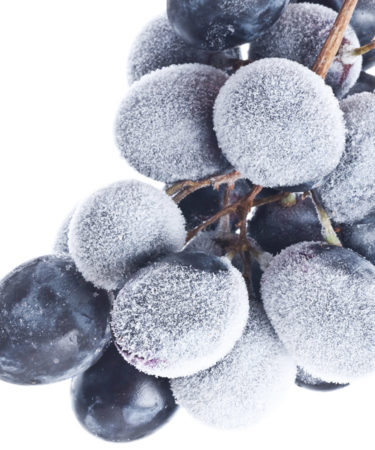Ice wine might (rightfully) terrify. That sleek little bottle. The higher price tag. The legend of lurking sweetness. But if you’re avoiding ice wine out of intimidation, financial or saccharine, avoid no longer. It’s time to bask in the balanced sweetness of this seasonal viticultural miracle.
Or accident, depending on what you believe of history (legend has it a German winemaker accidentally let his vineyard freeze over a couple hundred years ago and decided to make wine with the frozen grapes). However it began, ice wine is now part of the global viticultural cannon, produced in Germany and Austria as well as Canada, New York’s Finger Lakes region, and even Michigan.
The majority of ice wine produced in the world comes from the great national icebox that is Canada. And that’s no surprise, since ice wine depends on consistent, reliably cold temps (not too cold, a sort of Goldie Locks “just right” kind of frozen). In fact, Germany and Austria may actually skip ice wine season if the winter doesn’t seem like it’ll be cold enough, and that’s because grapes need to reach about 17 degrees Fahrenheit. At that point, most of the water will crystallize out, leaving maybe a tenth of the liquid with all the concentrated sweetness, acidity, and flavor. Basically grape “super juice.”
To ensure ice wine ends up with balance, it’s typically made with higher acid, fragrant grapes. You’ll see a lot of Riesling, Gewurtztraminer, Cabernet Franc, Sylvaner and Vidal Blanc ice wines, though other grapes can be used. The goal isn’t a sugar or alcohol bomb. Most ice wines are lighter than you’d expect, with a pure, very often “honeyed” freshness, a range of florals and stone or berry fruit notes, and surprising acidity. ABVs don’t tend to top 12% or so, and can go as low as 7 %, meaning this is an easy after-dinner sipper.
Not as easy on the wallet, no. Ice wines start at $25 or so (and prices go up quickly). And they sell in 375 mL bottles, not the typical 750 mL wine bottle that guarantees four glasses. But bear in mind the winemaker takes a lot of risk leaving his grapes on the vine* to freeze—birds, hail, and rot are all enemies of ice wine. And then there’s the low yield of the juice itself. Oh, and before you fill your glass to the brim, ice wine is typically consumed in a two-ounce pour, or half the typical wine pour.
*In the U.S., Canada, Austria, and Germany, those wineries can’t legally call their product “ice wine,” which is why you’ll see names like “iced wine” and “icebox wine.” Not necessarily a worse product, but remember, time on the vine is time to develop character.
Weingut Markus Huber 2012 Berg Riesling Eiswein
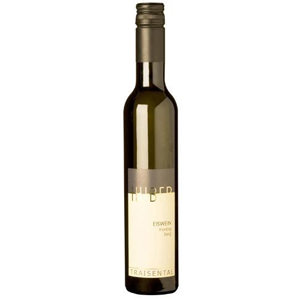
Eiswein doesn’t take up much turf on the Austrian winemaking landscape, but what it produces can be ridiculously good, like this bustingly-ripe pick from Markus Huber. Nectar-level honey but still fresh tasting, with fruit to spare. A splurge, but also capable of aging for at least a couple of years.
Peller Estates Signature Series 2010 Cabernet Franc Icewine – BEST SPLURGE
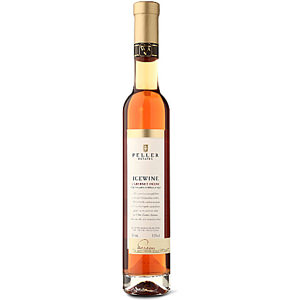
This one’s definitely a splurge, but if you consider that each grape (supposedly) yields but one drop of sugary-sweet juice, you might get why. Made with Cabernet Franc, with an interplay of complex red fruits and even some supple tannins (10% of the wine is aged in French oak). Round red flavors, at once bright and brambly.
2007 Hunt County Vineyards Vidal Blanc Ice Wine
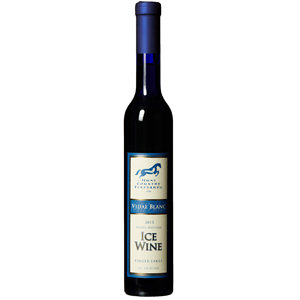
With higher levels of acidity and sugar, ice wine is typically a good candidate for aging. Over time, brighter notes tend to recede and let a slightly richer, deeper character come out, as with this bottle from 2007—darker than a young ice wine, with notes of raisin intermingling with the more traditional apricot and lighter, honeyed fruits.
Casa Larga 2008 Cabernet Franc Ice Wine
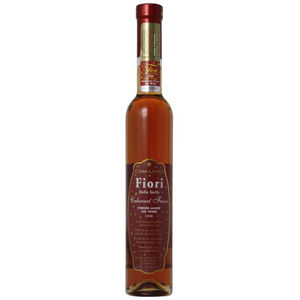
Another slightly aged ice wine, this one made from Cab Franc, with intermingling sweet and dry red fruit flavors (think cherry, strawberry, cranberry, pomegranate). There’s less forward sweetness, tamed a bit by age, allowing the fruit to softly play a lead role.
2012 Nigl Grüner Veltliner Eiswein – BEST BUDGET BUY
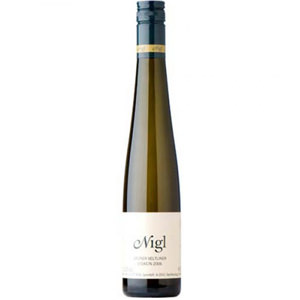
This bottle’s an easy “yes.” Priced close to $35, and you’ll still get the sleek, fresh liveliness of an Austrian eiswein with developed complexity of fruit—here, stone fruit, dried apricot, and some light raisin notes, all balanced by acidity and a Grüner pepperiness.
Inniskillin Gold Oak Aged Vidal Icewine 2008
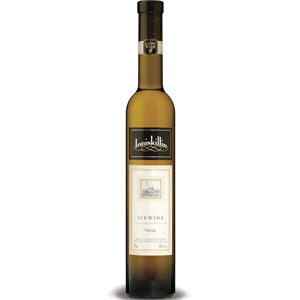
With its thick skin and natural acidity, Vidal Blanc rightfully dominates the Ontario ice wine scene. If you can find a bottle like this at around $40 or so, snatch it up. You’ll get tropical fruit layered over silky sweetness, balanced by the less common (in icewine) oak aging.
Jackson-Triggs Proprietors’ Reserve Vidal Icewine
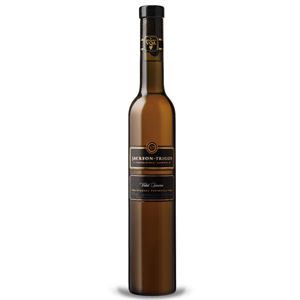
If you want to sample some really good ice wine, you can buy this one in 187 mL sizes. But go for the bigger bottle and you’ll get twice as much golden, tropical fruit, pure honey, and florals lingering over a long, luxurious finish.
Dr. Loosen 2012 Riesling Eiswein
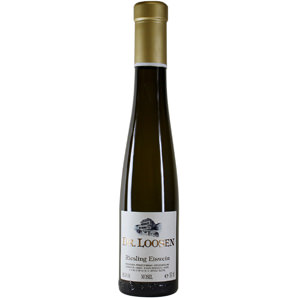
Germany—where eiswein started—tends to put out a slightly subtler product than Austria, complex and surprisingly gentle. This offering from the Mosel region seeps with lush light honey and apple as well as florals and the bright, pure freshness you’ve (by now) come to expect out of your eiswein (and ice wine).
